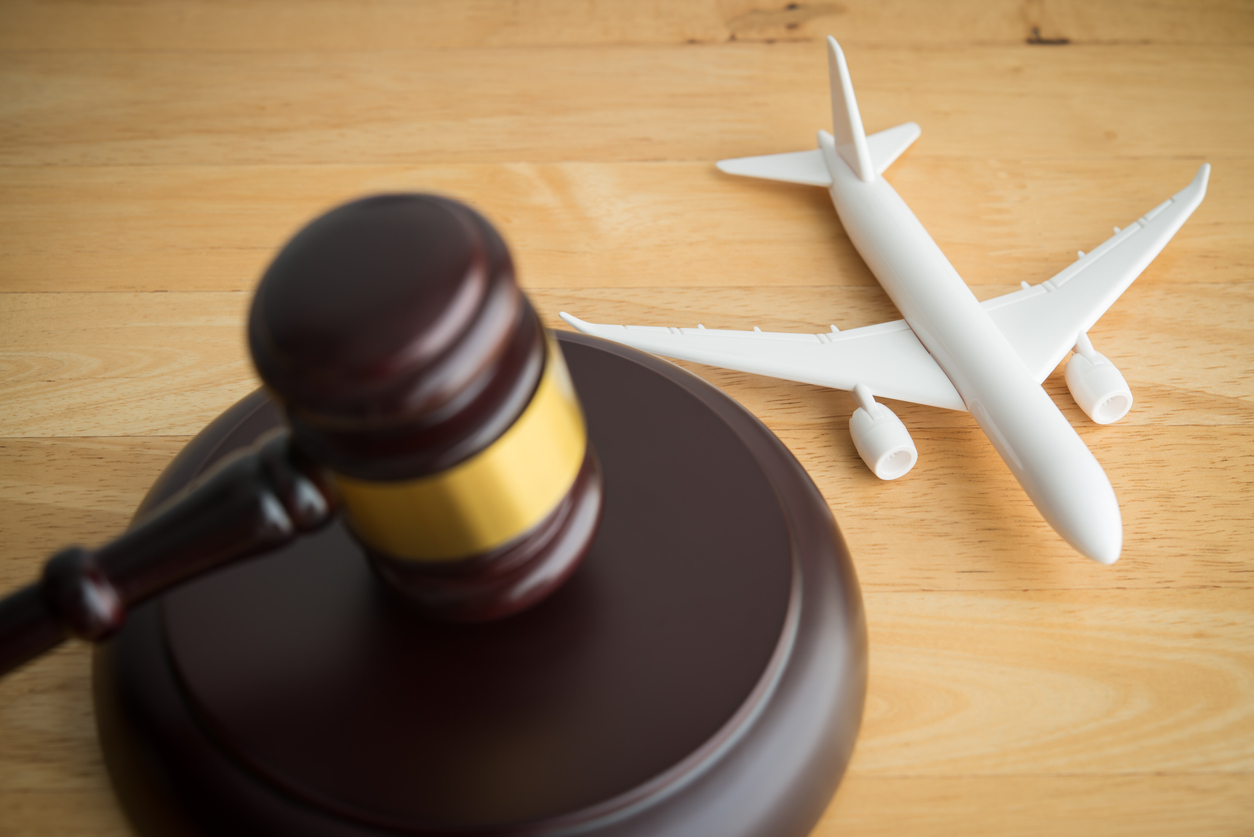Aviation accidents are uniquely complex events that can upend lives in an instant, affecting passengers and crew on board as well as people on the ground. In the aftermath, victims and families face a maze of legal, regulatory, and insurance issues while coping with catastrophic injuries, wrongful death, property loss, and long-term financial consequences. Understanding how these claims work—who may be liable, which laws apply, what compensation is available, and how to preserve your rights—can make a critical difference in securing justice and financial recovery.
The legal framework governing aviation accidents spans multiple layers. At the federal level, aviation operations are regulated by the Federal Aviation Administration, and investigations often involve the National Transportation Safety Board. International flights may be subject to international conventions, including the Montreal Convention, which can define liability, damage caps, claim procedures, and jurisdiction for cross-border air travel.
State laws also play a role, particularly for negligence and product liability standards, wrongful death and survival actions, and damages rules. Determining which body of law applies often depends on factors such as the nature of the flight (domestic or international), the location of the accident, the citizenship or residence of the parties, and the contractual terms on the ticket. These interlocking regimes create a specialized legal landscape that demands experienced counsel from the outset.
Liability in aviation cases can extend across the ecosystem of entities responsible for safe flight operations. Airlines may face liability for operational negligence, crew error, negligent training or supervision, and failures in cabin safety. Aircraft and component manufacturers may be liable for design and manufacturing defects, inadequate warnings, or negligent testing, potentially implicating complex product liability doctrines.
Maintenance organizations can bear responsibility for improper inspections, repairs, or documentation practices that compromise airworthiness. Airport authorities and contractors may face claims related to runway conditions, airfield hazards, inadequate security, or negligent ground operations. Air traffic control decisions, charter operators, fixed-base operators, and even third-party service providers can enter the liability picture depending on the causal chain. Because accidents often result from multiple contributing factors, claims typically proceed against several defendants, each raising distinct defenses, insurance policies, and tender or indemnity disputes.
Compensation pathways reflect the harms suffered and the governing law. For fatal accidents, wrongful death and survival claims seek damages for loss of financial support, companionship, guidance, funeral and burial expenses, and the decedent’s pre-death suffering where permitted. For non-fatal injuries, personal injury claims may cover past and future medical expenses, lost wages and earning capacity, pain and suffering, loss of consortium, and rehabilitation and life-care needs.
Insurance coverages may include airline and operator liability policies, manufacturer product liability coverage, maintenance provider professional liability policies, airport liability policies, and, where applicable, government entity risk pools, as well as first-party coverages like medical payments or uninsured/underinsured motorist provisions for ground victims.
On international flights, the Montreal Convention can supply strict liability up to certain thresholds and set procedural rules for filing and venue, while still allowing broader recovery where negligence is proven. Effective claim strategy requires aligning the facts to the most favorable liability and damages framework and identifying all available insurance to maximize recovery.
Pursuing aviation claims presents real challenges. Proving causation often hinges on technical evidence, flight data recorders, cockpit voice recordings, maintenance and inspection records, design and certification documents, and expert reconstruction of events. Multiple defendants may engage in finger-pointing, complicating discovery and settlement dynamics. Federal preemption arguments, contractual conditions of carriage, time limitations, and forum disputes can derail claims if not addressed early.
Insurers familiar with aviation risks are sophisticated negotiators who leverage policy exclusions, liability defenses, and damages disputes to minimize payouts. Coordinating parallel investigations, preserving privilege, and timing civil discovery alongside government inquiries require careful planning. For victims on the ground, attribution to aviation causes versus independent intervening factors can become a contested issue, as can the scope of property and business interruption losses.
There are practical steps victims and families can take to protect their rights. Seek immediate medical evaluation and follow all treatment plans, both for health and to document causation and damages. Preserve evidence by safeguarding personal items, photographs, video, flight documents, tickets, boarding passes, and communications with the airline or operators. Keep a contemporaneous record of losses, including medical bills, wage loss, out-of-pocket expenses, and the impact on daily life and caregiving needs.

Avoid public statements, social media posts, or premature communications with insurers or claims adjusters that can be used against you, and do not sign releases without legal advice.
Where possible, identify witnesses and provide contact information to counsel.
Engage experienced aviation counsel promptly to issue preservation demands, coordinate with investigators, retain qualified experts, evaluate applicable legal frameworks, identify all potentially liable parties and insurance, and navigate procedural and jurisdictional decisions that can shape the entire case.
If you or a loved one were harmed in an aviation accident—whether on board or on the ground—The Platta Law Firm stands ready to help. Our team understands the technical, legal, and insurance complexities that drive outcomes in these cases, and we know how to secure the evidence, experts, and venues that matter. Contact The Platta Law Firm today for a confidential consultation to evaluate your claims, protect your rights, and pursue the full compensation the law allows.
Call us 24/7 or contact us through our website or live chat to speak directly with an experienced attorney at The Platta Law Firm. We fight for injury victims across New York and will help you get the justice and compensation you deserve.

